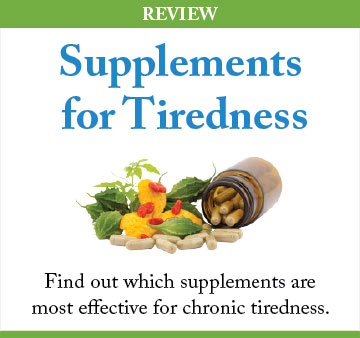Nutrients That You Need… For Health And Energy
Nutrition is one of the most important aspects of your life when you are recovering from fatigue and yet we often neglect to make sure that we are eating a diet that will nourish us. What are the nutrients that you need to create health and vitality?
Food and nutrition
‘Let food be your medicine and medicine your food,’ said Hippocrates some 2,000 years ago. His words are still true today. If you are suffering from fatigue, your nutritional choices are more important than ever. This is sometimes difficult as we live in a world where food is thought of as recreational and entertaining, rather than a vital need.
Although we have far more choice in food than our ancestors did, we actually eat far less real food than they did. Much of what passes for food these days is fake, full of empty calories, containing few of the nutrients that our bodies really need. Even worse, these highly processed foods contain many strange compounds and chemicals whose effect on the body is often unknown and frequently toxic. Digesting these puts a strain on the body (particularly the liver, whose role is de-toxification).
So, in order to regain your health and recover from fatigue, try to avoid processed foods, and choose fresh, natural, organically produced food instead. Balance your meals and make sure that you have enough of the key nutrients, or if that is not possible, make sure your supplement wisely – see more info onSupplements for tirednesshere.
The key nutrients
Our systems have evolved to need a certain balance of nutrients. Each meal should contain some of each key nutrient. The ideal balance seems to be:
- 65% carbohydrate
- 15-20% protein
- 15% fat.
Carbohydrate
There is a wide range in the time that different carbohydrates take to be absorbed by the body. The rate at which each specific carbohydrate takes to be absorbed is presented with its glycemic index (G.I.) value.
Simple carbohydrates, which contain a lot of sugar and little fiber pass into the bloodstream very quickly. These foods are known as high G. I. If you look at the diagram on the right, you will see that the blood glucose (or blood sugar) levels rise sharply and fall abruptly. When our blood sugar levels are high, we have a lot of energy. The swift fall that happens next, however, leaves us hungry and tired.These foods have a much smoother and longer curve. The effect is more sustaining and we don’t suffer from the sugar level swings that high G.I. foods create.
These sugar levels fluctuations don’t only make us fatigued in the short term, they also contribute to adrenal exhaustion, which is a serious condition, and one which it can take a long time to recover from. So it’s really worth eating low G.I. foods as much as you can.
White bread is set at G.I. value of 100, which is high. Apples have a G.I. value of 54, which is fairly low. Most vegetables, with the exception of root vegetables, have a low value. GI of most food containing white flour is high.
[Please seeA list of Glycemic Index of Common FoodsandReasons Why High GI Foods make you tiredfor more details.]
Protein
Protein also slows down the absorption of carbohydrate and so it’s a good idea to eat a little with each meal if you can. You should balance your intake of protein from animal sources (e.g. fish, meat, eggs) with that from non-animal sources (e.g. nuts. grains, pulses, legumes).
Fat
Fat is perhaps the most misunderstood substance. It is a fallacy to think that fat makes you fat just because it’s fat. We need a certain amount of fat in order to function properly. The brain in particular requires high quality fat. However, just as all carbohydrates are not equal, neither are all fats equal.
Saturated fats (e.g. butter, cocoa butter, coconut oil, cream and nutmeg oil) are good for your bones, liver and immune system. Monounsaturated oils (e.g. rice bran oil, almond oil, oat oil, avocado oil, sesame oil) are all right as are naturally occurring polyunsaturated oils. However polyunsaturated oils which have been processed or hydrogenated are toxic. This includes margarine, butter substitutes and corn oil.
The ideal balance
So the ideal balance might look at little like this dietary wheel opposite. There is a balance of proteins, between animal sources, beans, seeds and nuts. The carbohydrates are complex – including a lot of vegetables with whole grains.
Fruit is important – but it is given a lower priority than vegetables.


















Leave a comment